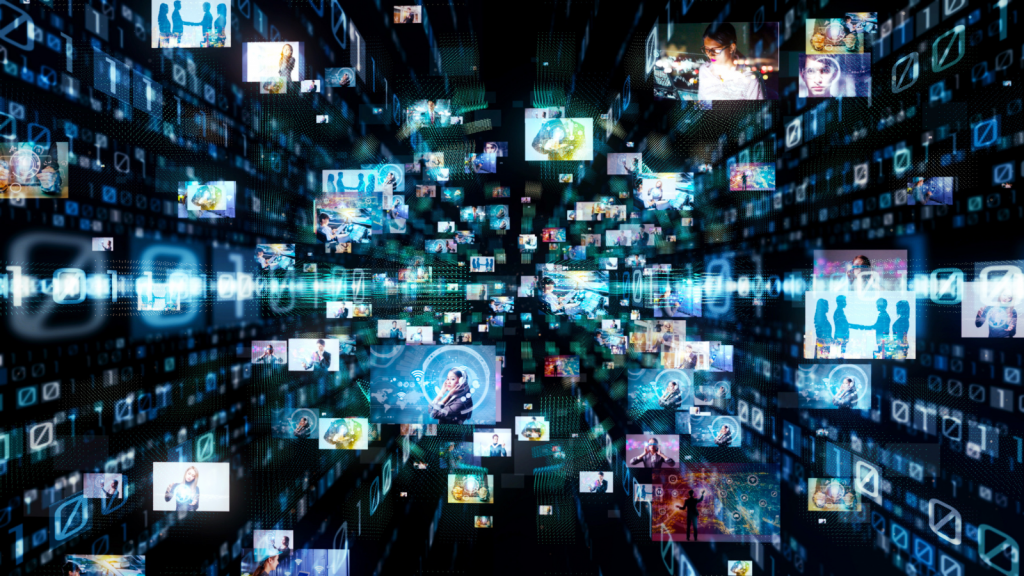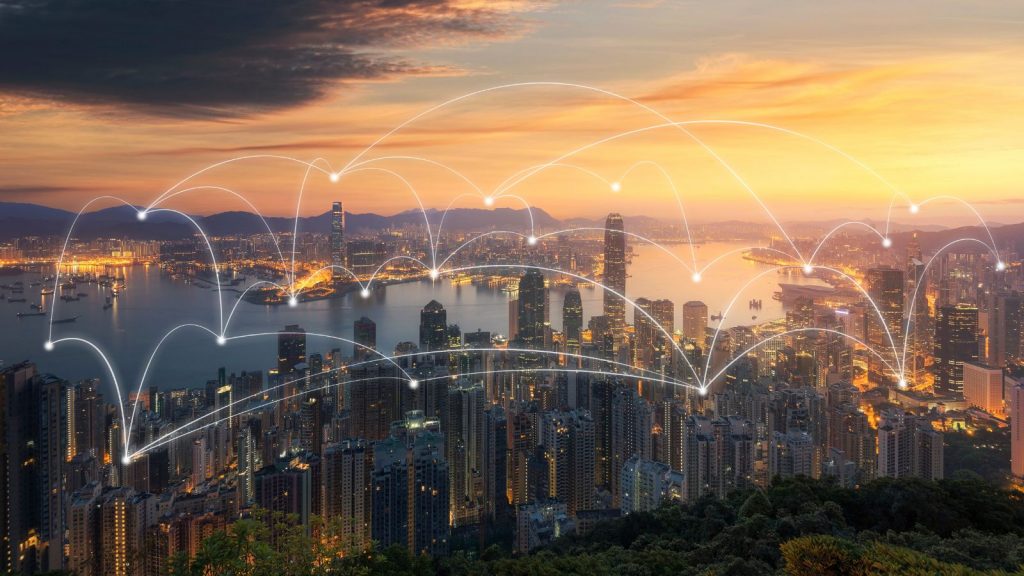This post was written by Sonia Jorge and Onica N. Makwakwa, Executive Directors of the Global Digital Inclusion Partnership (GDIP).
Twenty years after the World Summit on the Information Society (WSIS) Declaration of Principles was agreed upon, the digital divide remains. As more of the world comes online, the lives of those left behind with no or limited internet access are excluded from the wave of digital transformation spreading across the globe. More must be done to connect the unconnected and for policy frameworks to evolve from the simple assumption that if the infrastructure is built, the people will come.
Policymakers must address gaps in skills, safety, and human rights to build a supportive social environment for people as they come online for the first time. This will not just be a responsibility for ICT policymakers; it will also require collective responsibility that extends across ministries and regulators, the private sector, and civil society.
The internet opened up a world of possibilities for all of us. It is now our chance to choose the possibility of a better, more inclusive digital future.

Along with changes to the digital divide, we have witnessed how ICTs have transformed the way we work, learn, and live over the past two decades. Contactless and digital forms of payment exploded during the pandemic and are expected to continue growing. 90% of countries implemented some kind of remote learning policy. Even before the pandemic, governments have been moving entire programs online — from Huduma centers in Kenya, Aadhaar in India, and Ingreso Solidario in Colombia. Social media has changed the way that people connect with family and friends and political participation throughout the globe. Someone’s ability to use the internet regularly and affordably determined their resilience through the pandemic and influences the options available to them today.
In this trend, we see gaps — not just in access but in human possibility. The difference is no longer simply having internet access or not: the digital divide is now a question of what possibilities in education, employment, and public participation are available to people — based on the kind of internet access they have. In turn, the burden of not having internet access increases as more and more of modern human life moves online. Being unconnected means the closing of possible futures in a young person’s life.
This problem is what we call the digital possibilities divide. Someone without internet access or meaningful connectivity now lacks the same opportunities to learn, work, live, and connect that their peers with internet access have.

This inequity creates a fundamental injustice in our world and limits the possibilities for billions of people around the world in terms of the kind and quality of life that they can have. Not only do we now know more about the consequences of being offline, but the consequences themselves are more stark than they were when the global community committed in 2003 to turning the digital divide into digital opportunity.
Closing the digital possibilities divide is a moral imperative and an economic necessity. For someone without internet access, it is the difference between having the opportunity to learn or not. For a community, it is the difference between having access to specialized healthcare or not. For a country, it can mean the difference between a growing digital sector or not.
The cost is simply too high for us all not to bridge the digital possibilities divide.
We hope for a world with universal, meaningful, and affordable broadband.
Achieving meaningful connectivity starts with closing the gaps from a holistic perspective. Indeed, infrastructure remains a fundamental part of the digital divide that still must be bridged. In addition to that, there are now questions about digital skills and literacy for people to be confident and secure. Networks must be more resilient and have higher quality service to enable users to do more online and to rely on the internet as a resource. Protections for human rights online are essential to ensure the freedom of expression and access to information that make open dialogue possible for a vibrant digital society. A failure to address any one part of this is a failure to bridge the digital possibilities divide.
Proposing a holistic view of broadband policy
To close the digital possibilities divide, we need policymakers to set ambitious visions for universal, meaningful, and affordable broadband. Each of these components plays a part in building together a holistic view of what broadband policy needs to become, the work that remains, and the progress we have yet to achieve.
UNIVERSAL
The internet should be available to everyone to use and benefit from. This includes closing disparities by gender, rurality, and age to ensure that digital transformation projects are inclusive and available to all.
MEANINGFUL
In addition to infrastructure, people need adequate skills and rights to participate online.
They need adequate policy and regulatory frameworks that provide network security, personal safety, and local content ecosystems that encourage participation in the online world from new users.
AFFORDABLE
Access cannot be so expensive as to be available only to some or only on a limited rationing based on someone’s ability to pay.
Devices and data tariffs must be sufficiently affordable at multiple income levels for connectivity to be meaningful for us all.
BROADBAND
The quality of connectivity has an impact on user experience and the possibilities of this technology to transform lives.
To be meaningful, broadband needs to be at least 4G-like speeds with an unlimited access point at home, work, or a place of study. Everyone should have a smartphone they can use independently on a daily basis.
GDIP will support policymakers in broadening their approach to broadband policy, which should address all of these elements and put forward a bold vision for what ICTs can do for us in the future.
In addition to comprehensively closing the gaps from a top-down perspective, policymakers need to pay attention to where inequalities in the world today are repeating themselves online. Most urgent is the stubborn digital gender gap that has persisted over recent years. In addition, rural and remote communities scattered across the globe will increasingly rely on alternative forms of networking and innovations in technology to provide reliable, affordable, and meaningful broadband. Age, literacy, and ability all pose unique challenges that risk the exclusion of millions across the globe if not adequately addressed. Connectivity can be meaningful to people when provided, but it must be universally affordable for the internet to be socially meaningful and for societies to grow.
This is the first in a series of GDIP blogs about Closing the Digital Possibilities Divide. For the complete article by GDIP, please see Chapter 1 of Meaningful connectivity: measurement proposals and the portrait of the population in Brazil / Edited by Cetic/NIC.br, São Paulo, 2024. Read the second part here.

Closing the Digital Possibilities Divide: Broadband Policy Must Change to Achieve Universal, Meaningful Connectivity
ICT policy can no longer be developed in a silo: it requires broader coordination across sectors and building together with the dynamics of other policy areas to create the incentives that will help close the digital possibilities divide.
About GDIP
The Global Digital Inclusion Partnership is a coalition of public, private, and civil society organizations working to bring internet connectivity to the global majority and ensure everyone is meaningfully connected by 2030. GDIP advances digital opportunities to empower and support people’s lives and agency, leading to inclusive digital societies.